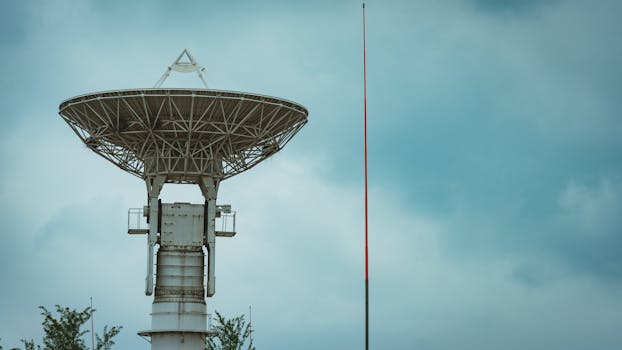The Future of Satellites: Revolutionizing Global Connectivity
The future of satellites is poised to revolutionize global connectivity, enabling faster and more reliable communication, navigation, and data transfer. With advancements in technology and increasing demand for satellite services, the industry is expected to grow significantly in the coming years.

The Future of Satellites: Revolutionizing Global Connectivity
The future of satellites is poised to revolutionize global connectivity, enabling faster and more reliable communication, navigation, and data transfer. With advancements in technology and increasing demand for satellite services, the industry is expected to grow significantly in the coming years. The focus keyword, Future of Satellites, is an area of great interest and investment, with many companies and governments exploring new ways to utilize satellites to improve our daily lives.
One of the key drivers of the future of satellites is the development of new technologies such as small satellites and constellations. These smaller satellites are less expensive to launch and can be deployed in larger numbers, making them ideal for applications such as Earth observation and communication. Companies such as Planet Labs and OneWeb are already using these technologies to provide high-resolution images of the Earth and low-latency internet connectivity to remote areas.
In addition to new technologies, the future of satellites will also be shaped by regulatory changes and international cooperation. Governments and organizations such as the International Telecommunication Union (ITU) are working to establish new regulations and standards for the use of satellites, including the allocation of frequency spectrum and the prevention of space debris. This cooperation is essential for ensuring that the benefits of satellites are shared equitably among all nations and that the risks associated with their use are mitigated.
Section 1: Current State of Satellites
Satellites have been in use for several decades, providing a range of services including navigation, communication, and Earth observation. The first satellite, Sputnik 1, was launched by the Soviet Union in 1957, and since then, thousands of satellites have been launched into orbit around the Earth. Today, satellites play a critical role in our daily lives, from providing GPS navigation to enabling global communication and weather forecasting.
Section 2: Future Trends and Technologies
Looking to the future, there are several trends and technologies that are expected to shape the industry. One of the most significant is the development of reusable launch vehicles, which will make it possible to launch satellites into orbit at a lower cost. This will enable more frequent launches and the deployment of larger constellations of satellites. Another trend is the increasing use of artificial intelligence (AI) and machine learning (ML) in satellite operations, which will enable more efficient and autonomous operation of satellites.
Section 3: Challenges and Opportunities
Despite the many opportunities presented by the future of satellites, there are also several challenges that must be addressed. One of the most significant is the risk of space debris, which can pose a hazard to satellites and other spacecraft. Another challenge is the need for international cooperation and regulatory frameworks to ensure that the benefits of satellites are shared equitably among all nations. Finally, there is the challenge of cybersecurity, as satellites are vulnerable to hacking and other forms of cyber attack.
Section 4: Conclusion
In conclusion, the future of satellites is poised to revolutionize global connectivity, enabling faster and more reliable communication, navigation, and data transfer. With advancements in technology and increasing demand for satellite services, the industry is expected to grow significantly in the coming years. While there are challenges to be addressed, the opportunities presented by the future of satellites are vast and exciting, and it will be important to continue to invest in research and development to realize the full potential of this technology.






